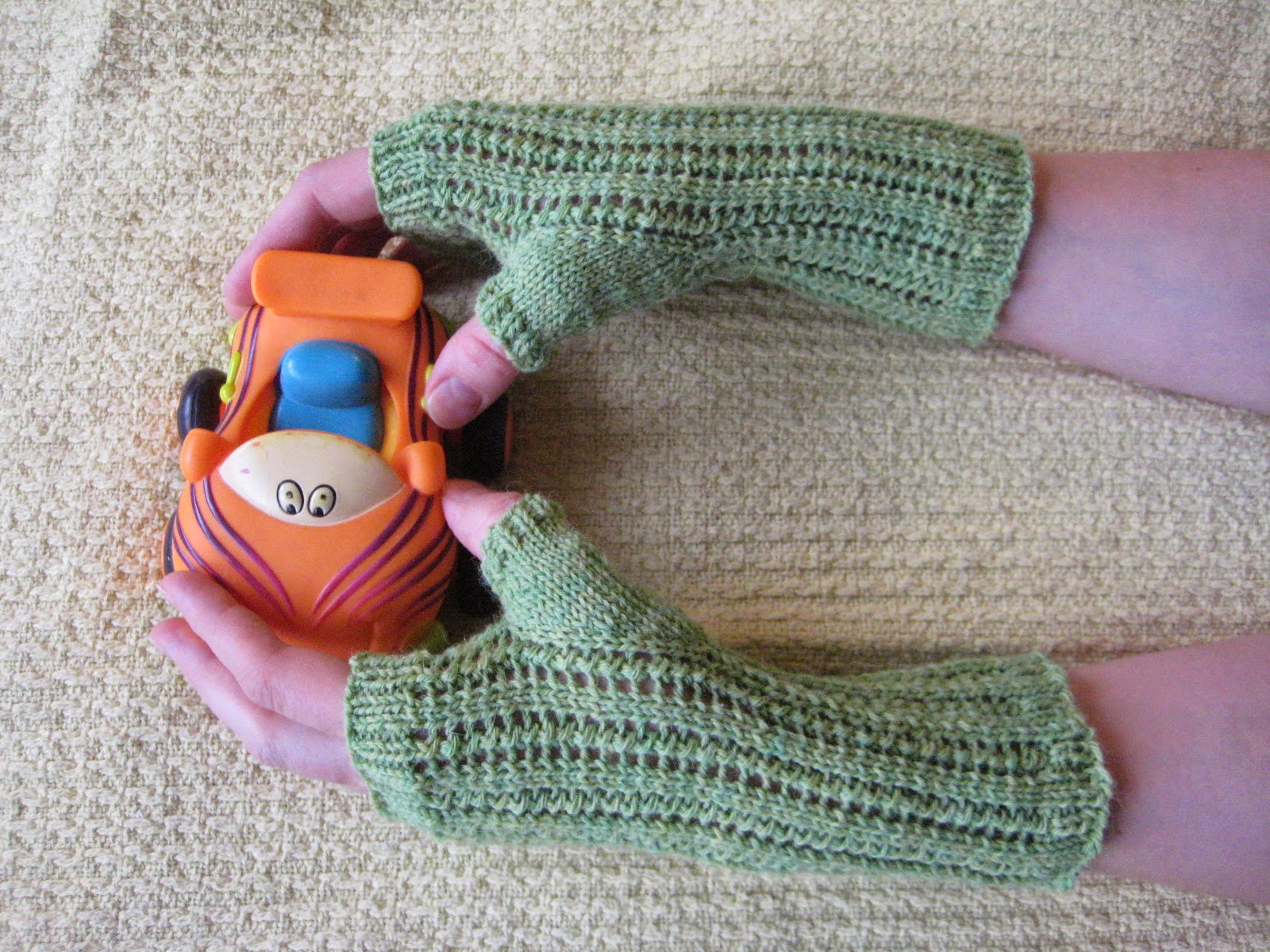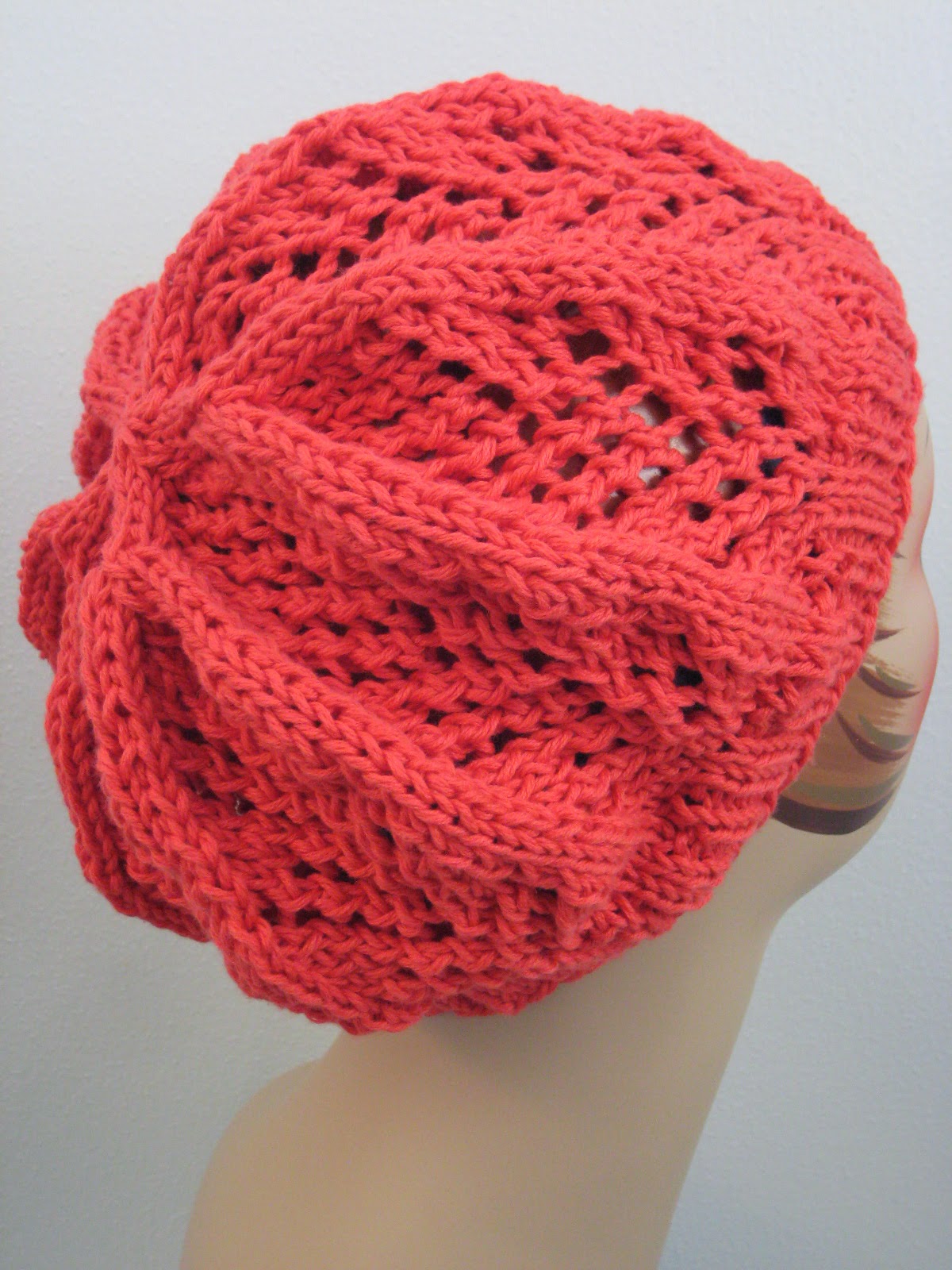 |
| Chevrons & Cables Hat |
Before I get any further, I should warn you - this is not the ideal yarn for this hat, if only because I needed about 102 yards of it rather than the 100 yards in a single skein (luckily, I had a bit left over from the Porcelain Moon Cowl). Of course, if you ignore the yardage, this cotton/wool worsted weight blend makes a pretty excellent lighter-weight hat, and the cables stand out crisply in the smooth texture. The Chevrons & Cables Hat is also kind of a riff on the Peaks & Cables Hat, since both use a lace pattern and a cable pattern to nice effect.
 |
| The finishing. It's nice, in my opinion at least... |
Needles: One 16" circular needle in size US 6, one 16" circular needle in size US 8, one set of double pointed needles (dpns), also in size US 8, and one cable needle (cn)
Notions: Tapestry needle, stitch marker
Gauge: 18 stitches = 4 inches
Using your size 6 needle, cast on 92 stitches, place marker, and join in round. Knit one inch in a * k1, p1 * ribbing, and then switch to your size 8 needle. And now that that's done, we'll start on the main pattern, which is a combination of Lace Chevron from page 202 of Barbara G. Walker's A Treasury of Knitting Patterns and Elliptical Cable from page 180 of Barbara G. Walker's A Second Treasury of Knitting Patterns.
Row 1 and all odd rows: * p2, k2 stitches through their back loops (k2-tbl), k4, k2-tbl, p2, k11; rep from *
Using your size 6 needle, cast on 92 stitches, place marker, and join in round. Knit one inch in a * k1, p1 * ribbing, and then switch to your size 8 needle. And now that that's done, we'll start on the main pattern, which is a combination of Lace Chevron from page 202 of Barbara G. Walker's A Treasury of Knitting Patterns and Elliptical Cable from page 180 of Barbara G. Walker's A Second Treasury of Knitting Patterns.
Row 1 and all odd rows: * p2, k2 stitches through their back loops (k2-tbl), k4, k2-tbl, p2, k11; rep from *




















